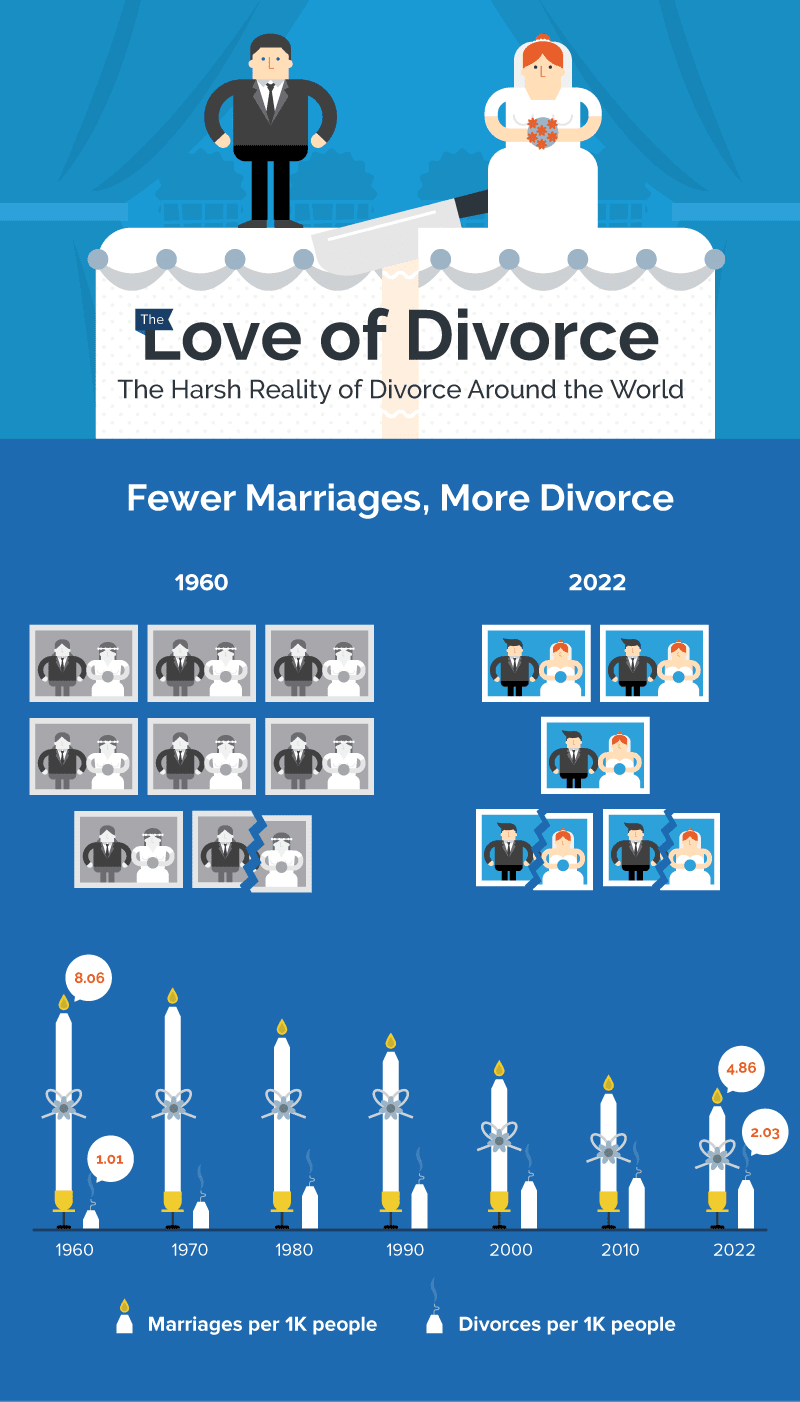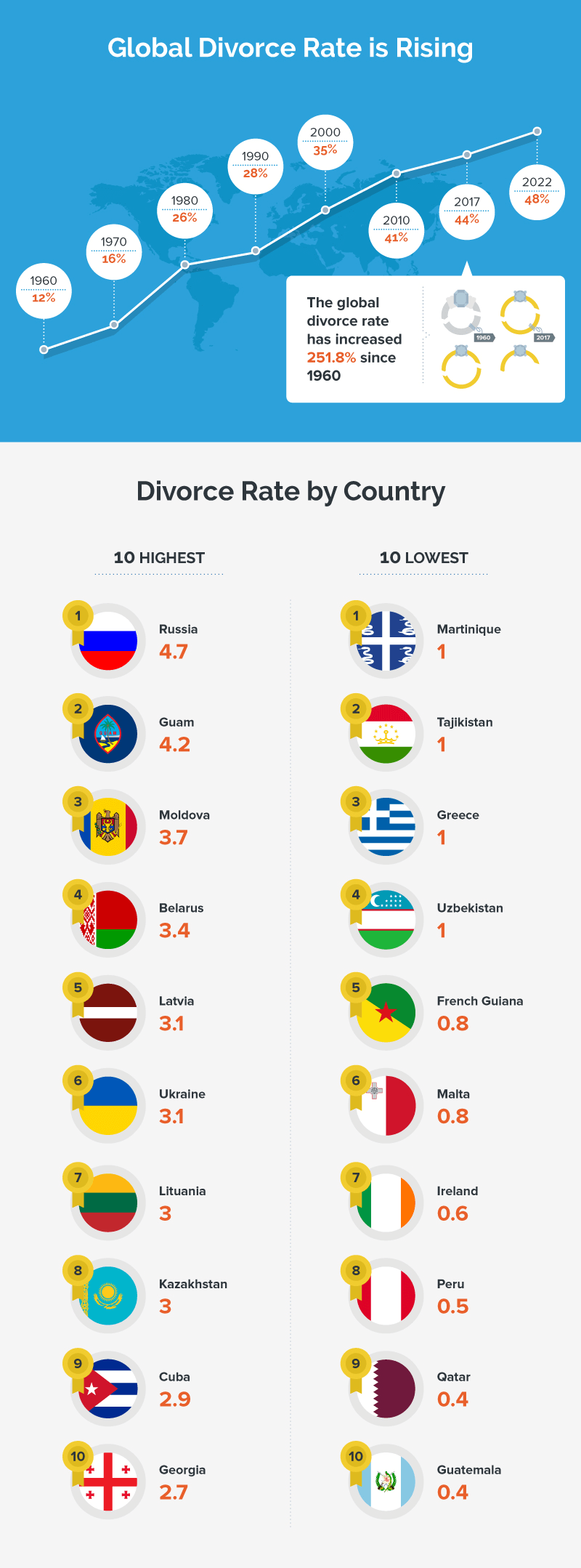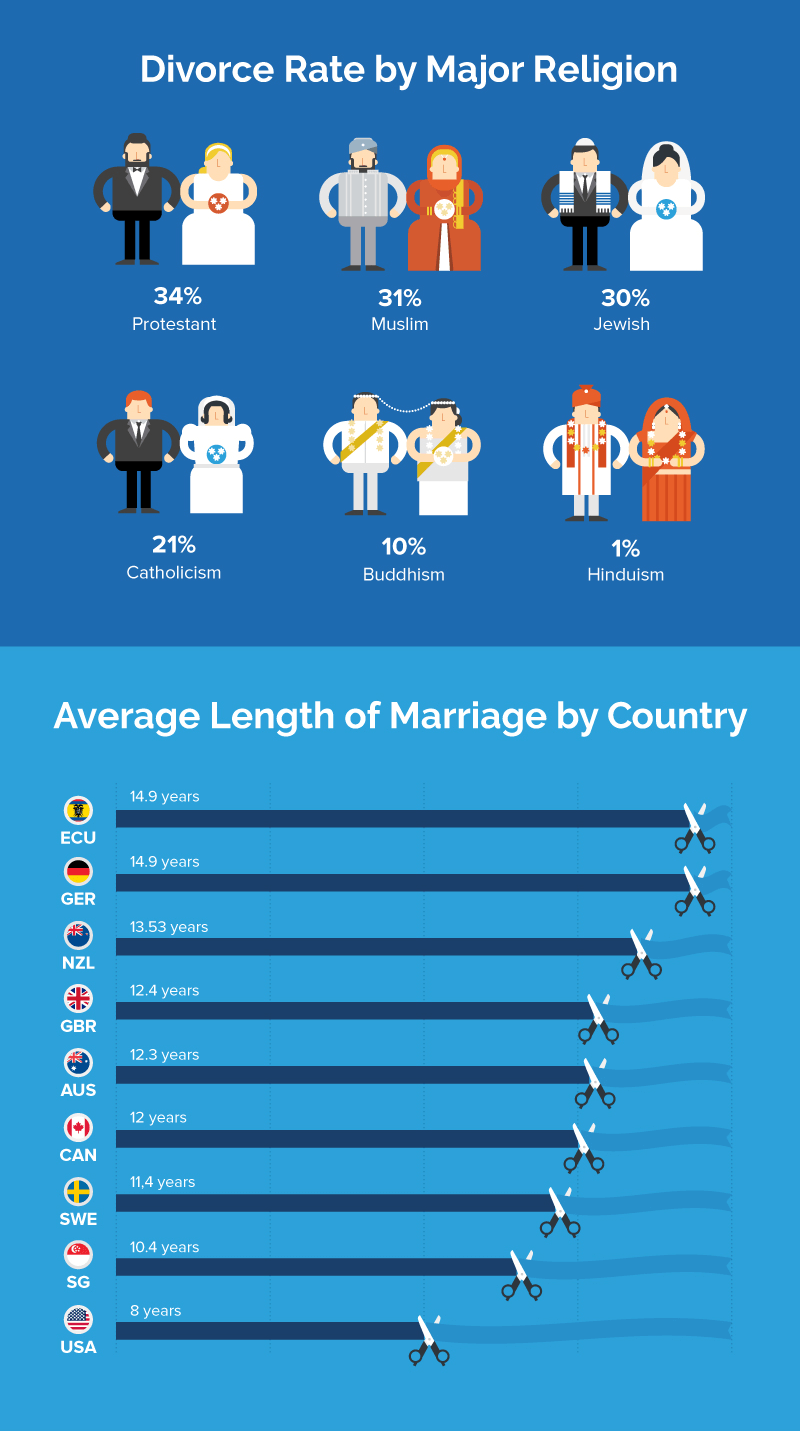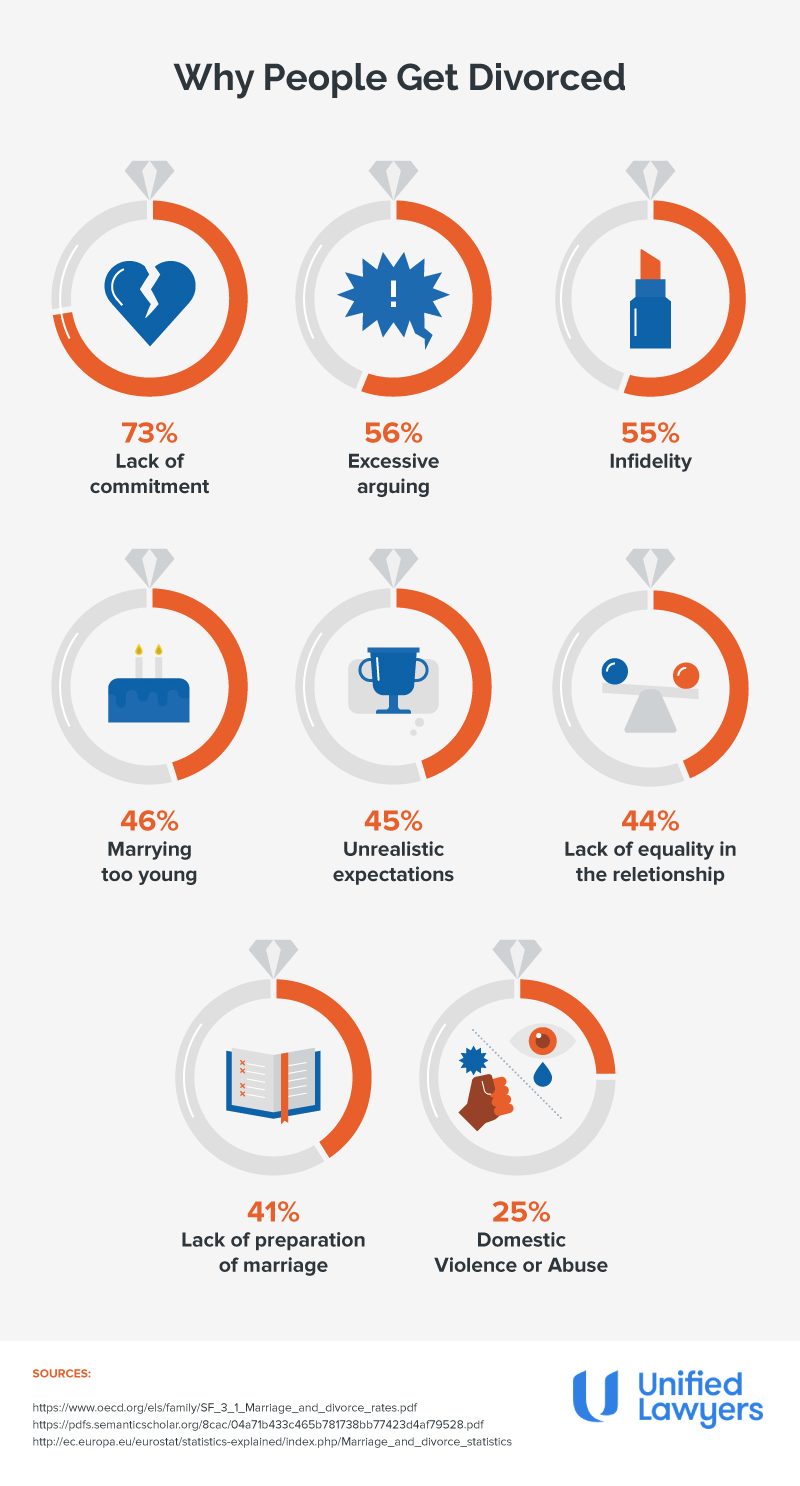

Dominic has outstanding knowledge and extensive experience in conveyancing, buying and selling of businesses, commercial and retail leasing, building and construction, strata law, easements, opposing development applications and compulsory acquisitions.
Dominic has outstanding knowledge and extensive experience in conveyancing, buying and selling of bu . sinesses, commercial and retail leasing, building and construction, strata law, easements, opposing development applications and compulsory acquisitions. Read More
Share this article:
Published on February 1, 2022

Dominic is one of Sydney's leading property lawyers with over 10 years experience in this area of law. Dominic has outstanding knowledge and extensive experience in family law, conveyancing, buying and selling of businesses, commercial and retail leasing, building and construction, strata law, easements, opposing development applications and compulsory acquisitions.
Divorce is becoming more and more common in this day and age. It’s not unusual to see headlines of our favourite celebrity couples throwing in the towel on their marriage and divorce stories on our social media feeds, news networks, and television.
We’ve taken a closer look at the divorce rate by country across the globe and it appears that overall, marriage is becoming less popular, yet divorce and separation appears to be on the rise, see below.




After taking a closer look at the divorce rate of countries across the globe, marriage is becoming less and less popular. On the contrary, divorce continues to rise each year. So, what’s causing wedded couples to give up on their marriage? Well, we’ll talk about that shortly, but first, let’s see why these statistics matter in the first place.
Understanding marriage and divorce rates is vital for a wide range of reasons. Marriage trends and divorce trends can tell us about societal changes and expectations.
While divorce applications in most countries require a reason for the divorce, by being able to review country divorce rates, we can see how the differences and similarities in cultures and society may impact the way people live their lives.
For us as family lawyers, understanding divorce rates and statistics can help guide us in how we approach our clients and the advice we provide. We work with people and families who are facing many different kinds of family law matters, including divorce and marriage.
We help people to prepare for marriage by protecting their assets and financial freedom, we help people who are ending their relationship and need to manage the processes associated with that, like property settlements and parenting arrangements, and we help people who are stuck in abusive relationships or feel trapped by their circumstances. As our role is very multifaceted, it means we have many different ways we could approach it and understanding divorce rates and trends helps us to do so.
For you, if you’re considering marriage, divorce rates may be of interest as they could help you to understand the issues you could face in marriage and help you to tackle them head-on before it results in a divorce.
Crude divorce rate refers to the number of marriages or legal unions that are dissolved each year per 1000 adults. Crude divorce rates are often used to summarise data and don’t take the various factors for divorce, it is simply the measurement of the number of divorces.
As divorce becomes more widely accepted in many areas of the world, the countries with the highest divorce rates have changed too. Below we’ve listed some of the countries with the highest rate of divorce in the world.
One thing to keep in mind, these divorce statistics don’t factor in couples who have separated but have not legally divorced.
Russia is made up of 145,912,025 people with a crude divorce rate of 4.7, making it a large country with a booming population. Although Russia may seem like a thriving country, poverty is considered high in the nation. According to Statista, one-third of Russians get divorces because of having no or not enough money. The second popular reason is the lack of mutual understanding between spouses.
There are two types of divorces in Russia: judicial and administrative. According to the law, you don’t need to be legally separated to apply for divorce. Unlike most countries, the Russian divorce process is cheaper, and divorcees are allowed to handle specific issues such as division of property, finances, and child custody arrangements separately from divorce proceedings
Russia is made up of 145,912,025 people, making it a large country with a booming population. Although Russia may seem like a thriving country, poverty is considered high in the nation. According to Statista, one-third of Russians get divorces because of having no or not enough money. The second popular reason is the lack of mutual understanding between spouses.
There are two types of divorces in Russia: judicial and administrative. According to the law, you don’t need to be legally separated to apply for divorce. Unlike most countries, the Russian divorce process is cheaper, and divorcees are allowed to handle specific issues such as division of property, finances, and child custody arrangements separately from divorce proceedings.
Surprisingly, Guam is also one of the countries with the most divorces. Due to its alarming divorce rate, catholic churches have decided to step up their efforts to help keep marriages together.
In Guam, you can file for a no-fault divorce or a fault-based divorce. A no-fault divorce is usually due to irreconcilable differences and doesn’t mention that your spouse is responsible for the dissolution of the marriage. A fault-based divorce is when your spouse is responsible for the end of a marriage. This is usually due to a variety of factors such as: